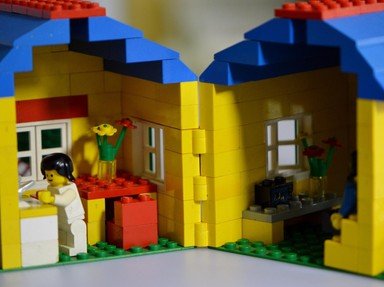
Favorite Toys By Year Trivia Quiz
Take a trip down memory lane with me, and see if you can place favorite toys on the list with the corresponding year they were best sellers.
An ordering quiz
by ponycargirl.
Estimated time: 3 mins.

| What's the Correct Order? | Choices |
| 1. (1935) | Bratz |
| 2. (1942) | Tamagotchi |
| 3. (1952) | Hot Wheels |
| 4. (1959) | Barbie |
| 5. (1968) | Little Golden Books |
| 6. (1978) | Star Wars |
| 7. (1982) | Cabbage Patch Kids |
| 8. (1986) | Mr. Potato Head |
| 9. (1997) | Shirley Temple Doll |
| 10. (2001) | Teddy Ruxpin |